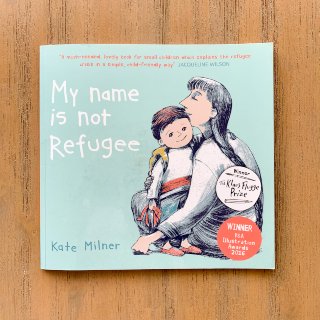my heart
Free lesson plan, writing template and printable word-search for kids
Best suited to:
K – Year 6
KLAs covered:
English (metaphor, poetry), PDH (emotional literacy)
Learning:
- our hearts can feel all sorts of different emotions;
- our hearts are our guides to what we need at various times;
- all feelings are normal and ok and come and go in our lives;
- we can learn to listen to our hearts;
- we all get to decide how we feel at any point in time;
Need to know:
- a book to help children learn to tune in to their emotions and to what they might need at various times;
- illustrations are grey, black and white, with touches of yellow;
- each page presents the heart in a particular state (open, closed, as a cloud, as a puddle) as a metaphor for how the child is feeling;
- the book is written in the form of a lyrical poem, using metaphors;
- a great text to use for teaching or reviewing metaphor for Years 2 – 6;
Discussion Questions (before reading):
- ask children if they know where their hearts are. Show them on your own body and together all put your hands on your own hearts;
- ask children why our hearts are important (pump blood around the body);
- we also talk about our hearts being broken (when we’re sad) or full/happy when we’re happy. Why do we do this? Do hearts really break? (we can sometimes feel emotional pain and sadness like a heaviness or pain in our chests and happiness and joy like a swelling, bursting feeling in our chests where our hearts are);
- tell children you are going to read a book about how our hearts feel;
Discussion Questions (after reading):
- what did you think about the book? What do you think is the message of this book?
- what do you notice about how the book is written (rhyming verse). Re-read the first pages to the children: My heart is a window, my heart is a slide. My heart can be closed or opened up wide;
- re-read the last 5 pages. What do you notice about them? (they rhyme and the rhyme is similar to the rhyme in the first pages of the book);
- what are some of the things the author says your heart can be? (tiny, open, closed, growing, a puddle, a fence). Show the children these pages and read them again. What does the author mean when she says these things?
- tell younger children that sometimes we call something (like a heart) something that it isn’t (a fence) in order to describe what it can do (keep us separate from other people when we feel sad). We call this a metaphor (write the word on the class whiteboard);
- ask older children if they remember what it’s called when we describe things as being something they are not (metaphor). Together list on the class whiteboard some of the metaphors used in the book;
- why do you think the author/illustrator wrote the book?
- what do you notice about the illustrations? Why do you think the author/illustrator chose to use only white, grey, black and yellow;
- invite children to share how they are feeling with the class: how does your heart feel today?
Activities
- younger children draw a picture in response to the story, adding some words or a sentence if they can;
- children write about their hearts: what their heart is like, what makes it grow, how it guides them;
- older children can write and illustrate a verse in the style of the book, using metaphor to describe the way their hearts feel;
A Lesson on Metaphors: Years 2 – 6
This book is a great springboard for discussing and teaching the literary device of metaphors, or for reviewing metaphors with older students:
- ask older children if they remember what it’s called when we describe things as being something they are not (metaphor);
- discuss why we use metaphors: to enhance writing; to create a word picture in readers’ heads;
- discuss how we use metaphors: choose something that is a great example of the quality we want to describe eg. silk is smooth; monkeys climb effortlessly;
- together, list some of the metaphors used in the book on the class whiteboard;
- why do you think the author/illustrator used metaphors in writing the book?
- discuss other possible metaphors for the heart (a stone, heavy and hard; a butterfly, fluttering with hope and happiness; a balloon, swelling with joy);
- children write and illustrate a verse about how their heart feels in the style of the book using at least one metaphor;
Your free, printable word-search for kids and writing template
This free, printable word-search for kids is great for building and reinforcing the vocabulary used when discussing my heart.
Download and print our free writing template for use with the picture book my heart here (PDF).







